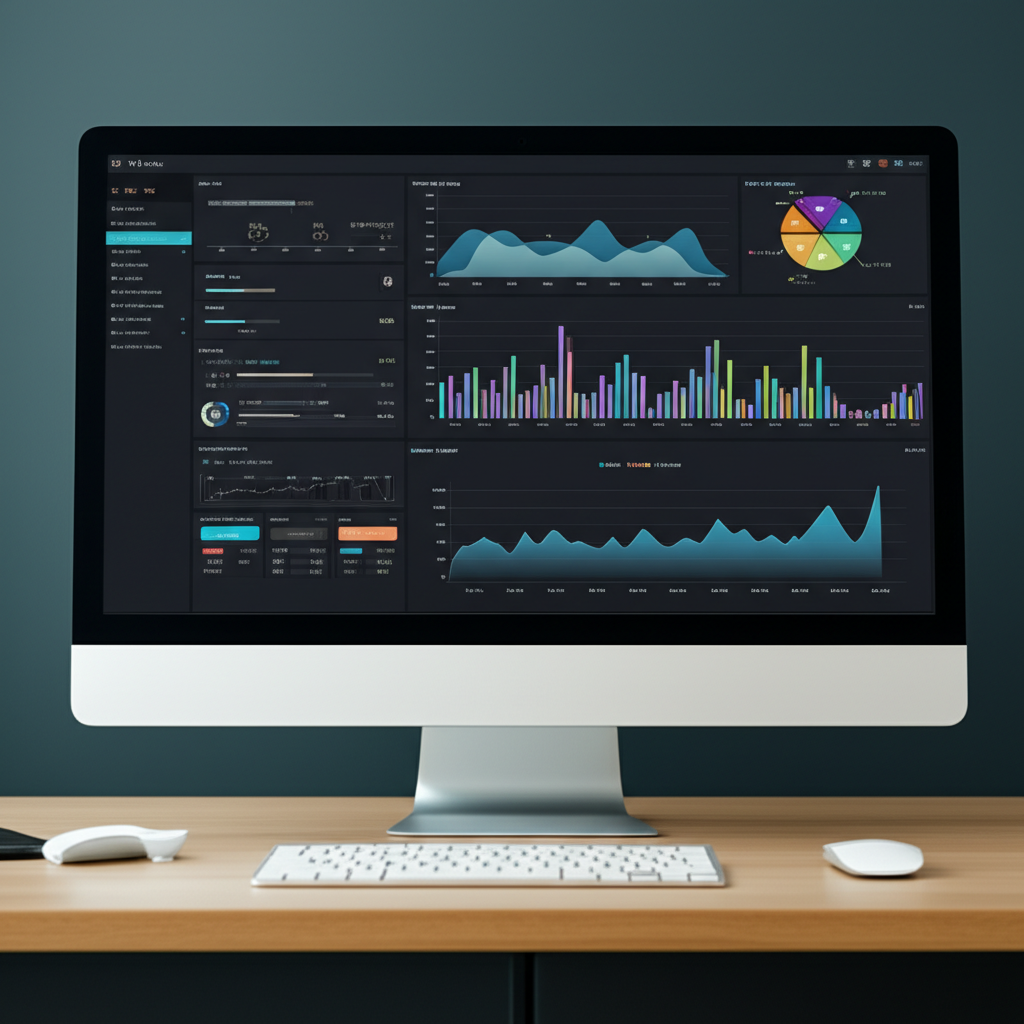How Data-Driven Decisions Can Transform Your Business


How Data-Driven Decisions Can Transform Your Business
In today's competitive business landscape, intuition and experience are no longer enough to drive strategic decisions. Organizations that leverage data effectively gain a significant edge, making more accurate predictions, identifying opportunities faster, and optimizing operations with precision.
The Power of Data-Driven Decision Making
Data-driven decision making (DDDM) is the process of using verifiable data to inform business strategies and actions. Rather than relying solely on instinct or past practices, DDDM grounds choices in objective information, reducing bias and improving outcomes.
Studies consistently show that companies embracing data-driven approaches outperform their competitors. According to McKinsey, organizations that extensively use customer analytics are 23 times more likely to outperform competitors in customer acquisition and 19 times more likely to achieve above-average profitability.
Key Components of Effective Data Analysis
1. Comprehensive Data Collection
Before you can analyze data, you need to collect it. Modern businesses have access to vast amounts of information from various sources:
- Customer interactions and purchase history - Website and app usage metrics - Social media engagement - Operational performance indicators - Market and competitor intelligence
The challenge isn't finding data—it's identifying which data points are most relevant to your specific business questions.
2. Powerful Visualization Tools
Raw data is difficult to interpret. Visualization tools transform numbers into intuitive charts, graphs, and dashboards that reveal patterns and relationships at a glance.
SaaSify's analytics dashboard provides customizable visualizations that make complex data accessible to everyone in your organization, not just data scientists.
3. Predictive Analytics Capabilities
Looking backward at historical data is useful, but the real power comes from looking forward. Predictive analytics uses statistical algorithms and machine learning to identify the likelihood of future outcomes based on historical data.
This allows businesses to: - Forecast sales and revenue - Predict customer behavior - Identify potential risks before they materialize - Optimize resource allocation
4. Actionable Insights
Data is only valuable when it drives action. The most effective data analysis doesn't just answer "what happened?" but also "why did it happen?" and "what should we do about it?"
Implementing Data-Driven Decision Making
1. Start with Clear Business Questions
Effective data analysis begins with specific questions. Rather than collecting data indiscriminately, identify the key decisions your organization needs to make and determine what information would help inform those choices.
2. Build a Data-Friendly Culture
Technical tools are important, but culture is crucial. Foster an environment where employees at all levels are encouraged to base arguments on data rather than opinion or seniority.
This requires: - Making data accessible throughout the organization - Training team members in basic data literacy - Celebrating data-driven successes - Leading by example at the executive level
3. Combine Data with Domain Expertise
Data doesn't exist in a vacuum. The most powerful insights come from combining analytical findings with industry knowledge and business context. Encourage collaboration between data analysts and subject matter experts to develop a complete picture.
4. Iterate and Improve
Data-driven decision making is not a one-time implementation but an ongoing process. Continuously evaluate the effectiveness of your data strategies, refine your approaches, and expand your capabilities over time.
Real-World Impact
Organizations across industries have transformed their operations through data-driven approaches:
- A retail company reduced inventory costs by 30% by using predictive analytics to optimize stock levels - A healthcare provider improved patient outcomes by analyzing treatment patterns and identifying best practices - A marketing team increased campaign ROI by 40% through detailed customer segmentation and targeted messaging
Getting Started with SaaSify Analytics
SaaSify's integrated analytics platform makes it easy to begin your data-driven transformation. Our intuitive dashboards, customizable reports, and predictive modeling tools provide actionable insights without requiring advanced technical expertise.
By democratizing data access across your organization, SaaSify empowers everyone from executives to front-line employees to make more informed decisions every day.
Ready to harness the power of data in your business? Start your free trial today and see how SaaSify can transform your approach to decision-making.
Related Posts
Measuring Productivity in the Digital Workplace
Learn how to effectively measure and improve productivity in remote and hybrid work environments beyond traditional metrics.
Security Best Practices for Cloud-Based SaaS Applications
Protect your organization's data with these essential security practices for cloud-based SaaS applications.
Integrating AI into Your Workflow: Practical Applications for Teams
Discover practical ways to incorporate AI tools into your team's daily workflow to boost productivity and innovation.